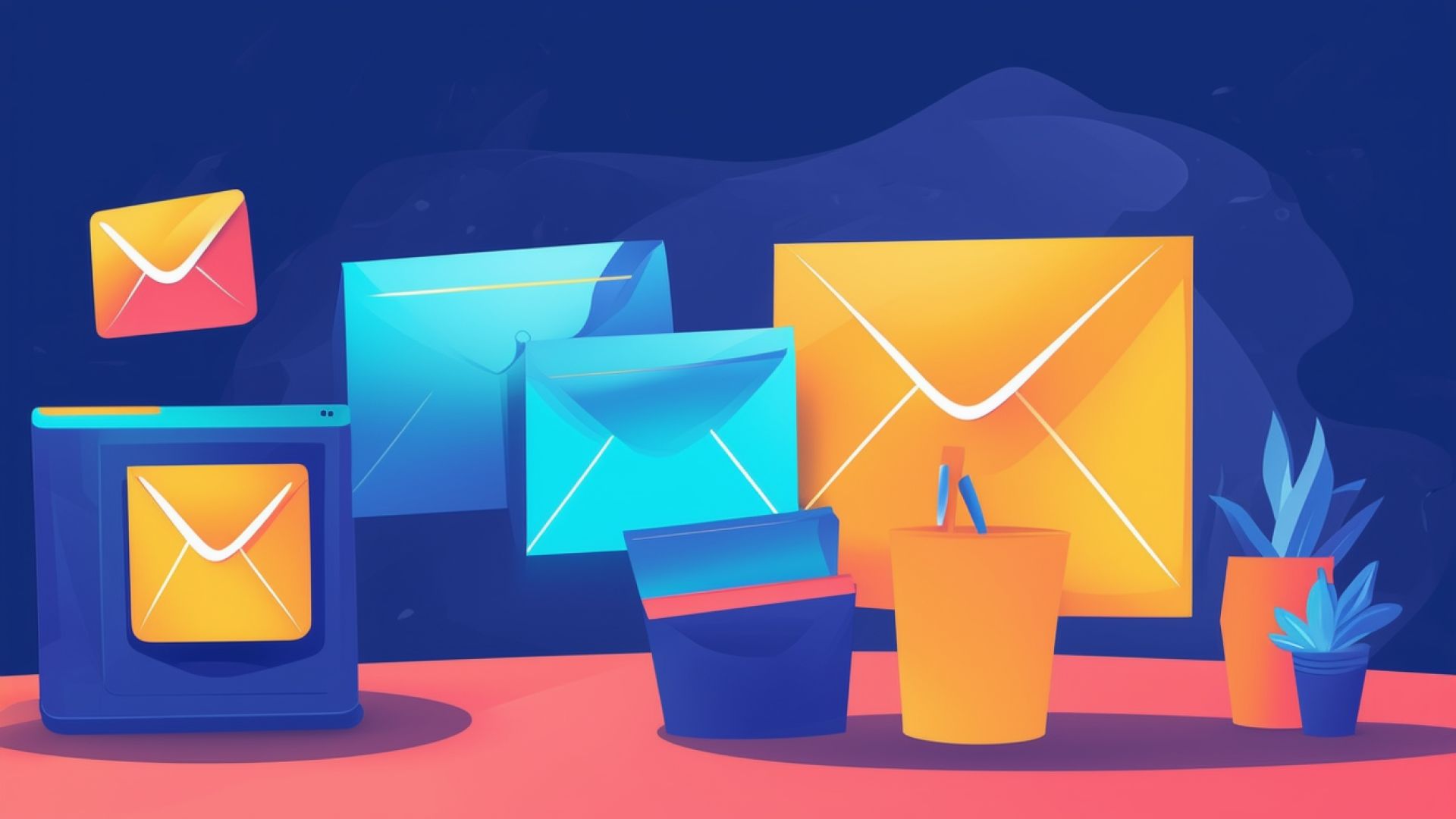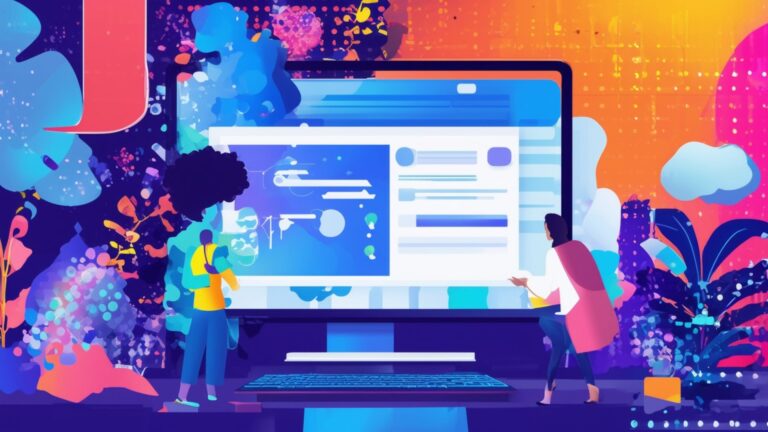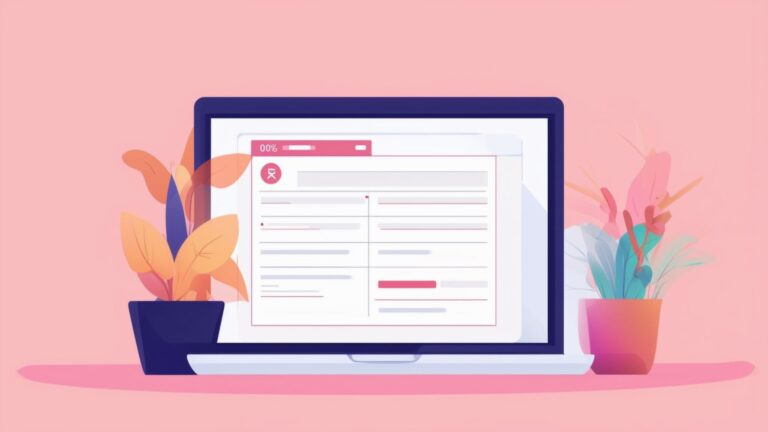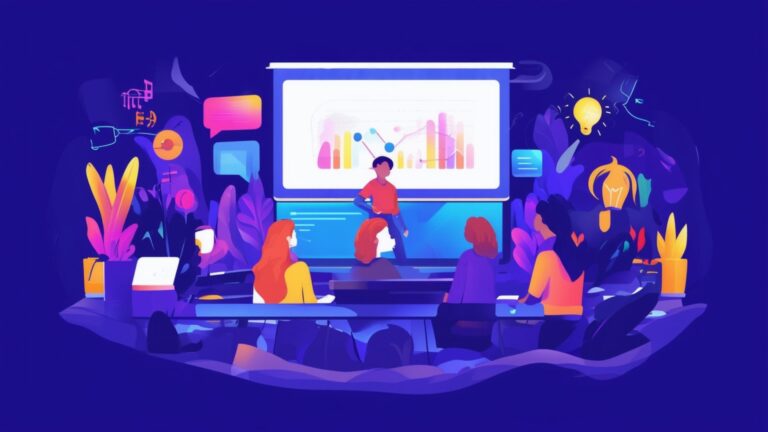2020 Event Email Marketing: The 5-Email Roadmap To Success
Introduction
The Importance of Email Marketing for Events
Email marketing is a crucial tool for promoting events. It allows organizers to reach a targeted audience, build anticipation, and ensure high attendance rates. By using email marketing, event planners can communicate directly with potential attendees, providing them with essential information and updates. This direct line of communication helps in creating a buzz around the event and keeps the audience engaged from the initial announcement to the post-event follow-up.
Moreover, email marketing is cost-effective and measurable. It provides valuable insights into open rates, click-through rates, and overall engagement, allowing organizers to refine their strategies for future events. With the right approach, email marketing can significantly enhance the success of any event, making it an indispensable part of the event planning process.
Objectives of the 5-Email Roadmap
The primary objective of the 5-email roadmap is to create a structured and effective communication strategy that guides potential attendees through the entire event lifecycle. Each email in the sequence serves a specific purpose, from generating initial interest to maintaining engagement after the event. By following this roadmap, event organizers can ensure that their audience receives timely and relevant information, which can lead to higher registration and participation rates.
Another key objective is to build a relationship with the audience. By providing valuable content and updates at each stage, organizers can establish trust and credibility. This not only increases the likelihood of attendance but also encourages attendees to share the event with their networks, further amplifying its reach and impact.
Overview of the 5-Email Campaign
The 5-email campaign is designed to cover all critical stages of event promotion. It starts with a teaser email to create anticipation, followed by an official invitation, a confirmation email, a reminder, and a post-event follow-up. Each email is crafted to provide specific information and calls to action, ensuring that recipients are well-informed and motivated to participate.
This structured approach helps in maintaining a consistent flow of communication, keeping the event top-of-mind for potential attendees. By strategically timing each email, organizers can maximize engagement and ensure that their audience is fully prepared and excited for the event.
The 5-Email Roadmap
Email 1: Save the Date
The first email in the roadmap is the « Save the Date » email. Its primary objective is to create initial awareness and excitement about the upcoming event. This email should include the event date, a brief overview, and a call to action to mark the calendar. By sending this email well in advance, organizers can ensure that potential attendees reserve the date and start looking forward to the event.
It's essential to keep the content of this email concise yet intriguing. Highlighting key aspects of the event, such as notable speakers or unique experiences, can help in capturing the audience's interest. A strong subject line is also crucial to ensure high open rates and engagement.
Email 2: Early Bird Registration
The second email focuses on encouraging early registrations. Offering an early bird discount or other incentives can be an effective way to drive early sign-ups. This email should provide detailed information about the event, including the agenda, speakers, and benefits of attending. A clear and compelling call to action to register should be prominently featured.
By emphasizing the limited-time nature of the early bird offer, organizers can create a sense of urgency, prompting recipients to take immediate action. Personalization and segmentation can also enhance the effectiveness of this email, ensuring that the message resonates with different audience segments.
Email 3: Event Highlights and Speaker Announcements
The third email in the sequence is designed to build further excitement by highlighting key aspects of the event. This can include detailed information about the agenda, speaker profiles, and any special sessions or activities. By showcasing the value and unique experiences that the event offers, organizers can reinforce the decision to attend.
Including testimonials or quotes from past attendees can also add credibility and appeal. Visual elements, such as images or videos, can make the email more engaging and visually appealing. A strong call to action to register or share the event with others should be included to maximize reach and impact.
Email 4: Last Call for Registration
The fourth email serves as a final reminder for potential attendees to register. This « Last Call for Registration » email should emphasize the approaching deadline and the limited availability of spots. By creating a sense of urgency, organizers can encourage those who have not yet registered to take immediate action.
This email should also provide a quick recap of the event details and benefits, reinforcing the value of attending. Clear and prominent calls to action, along with easy registration links, can help in converting last-minute registrations. Personalization and segmentation can further enhance the effectiveness of this email.
Email 5: Post-Event Follow-Up
The final email in the roadmap is the post-event follow-up. This email is crucial for maintaining engagement and building long-term relationships with attendees. It should include a thank you message, a summary of the event, and access to resources such as presentations or recordings. A satisfaction survey can also be included to gather feedback and insights for future events.
By providing valuable content and expressing appreciation, organizers can leave a positive and lasting impression. This email can also serve as an opportunity to promote future events or encourage attendees to stay connected through newsletters or social media channels.
Best Practices for Event Email Marketing
Personalization and Segmentation
Personalization and segmentation are key strategies for enhancing the effectiveness of event email marketing. By tailoring messages to specific audience segments, organizers can ensure that the content is relevant and engaging. This can include addressing recipients by name, referencing past interactions, or providing customized recommendations based on their interests.
Segmentation can be based on various criteria, such as demographics, behavior, or engagement levels. By sending targeted messages to different segments, organizers can increase the likelihood of conversions and build stronger relationships with their audience. Personalization and segmentation can significantly improve open rates, click-through rates, and overall engagement.
Engaging Subject Lines and Content
The subject line is the first thing recipients see, and it plays a crucial role in determining whether they open the email. Engaging and compelling subject lines can significantly increase open rates. It's essential to keep subject lines concise, clear, and relevant to the content of the email. Using action-oriented language and creating a sense of urgency or curiosity can also be effective.
The content of the email should be equally engaging and valuable. This includes providing clear and concise information, using visual elements to enhance readability, and including strong calls to action. By focusing on the needs and interests of the audience, organizers can create content that resonates and drives action.
Tracking and Analyzing Email Performance
Tracking and analyzing email performance is essential for optimizing event email marketing strategies. Key metrics to monitor include open rates, click-through rates, conversion rates, and overall engagement. By analyzing these metrics, organizers can identify what works and what doesn't, allowing them to make data-driven decisions and improvements.
Using email marketing tools and platforms can provide valuable insights and analytics. A/B testing different elements, such as subject lines, content, and calls to action, can also help in identifying the most effective strategies. Continuous monitoring and analysis can lead to better results and more successful event email marketing campaigns.
Conclusion
Recap of the 5-Email Roadmap
The 5-email roadmap provides a structured and effective approach to event email marketing. It includes a « Save the Date » email to create initial awareness, an « Early Bird Registration » email to drive early sign-ups, an « Event Highlights and Speaker Announcements » email to build excitement, a « Last Call for Registration » email to prompt last-minute registrations, and a « Post-Event Follow-Up » email to maintain engagement and gather feedback.
Each email serves a specific purpose and is designed to guide potential attendees through the entire event lifecycle. By following this roadmap, organizers can ensure that their audience receives timely and relevant information, leading to higher registration and participation rates.
Final Tips for Successful Event Email Marketing
To achieve success in event email marketing, it's essential to focus on personalization, segmentation, and engaging content. Tailoring messages to specific audience segments and addressing recipients by name can significantly enhance engagement. Using compelling subject lines and providing valuable content can also drive higher open and click-through rates.
Additionally, tracking and analyzing email performance is crucial for continuous improvement. By monitoring key metrics and conducting A/B testing, organizers can identify the most effective strategies and make data-driven decisions. With the right approach, event email marketing can significantly enhance the success of any event.
Looking Forward to Future Event Marketing Trends
As technology and consumer behavior continue to evolve, event marketing trends are also changing. Future trends may include increased use of artificial intelligence and machine learning for personalization, greater emphasis on interactive and immersive content, and the integration of social media and other digital channels with email marketing.
Staying updated with these trends and continuously adapting strategies can help event organizers stay ahead of the curve. By embracing innovation and leveraging new technologies, they can create more engaging and successful event marketing campaigns, ensuring that their events continue to attract and delight audiences.







